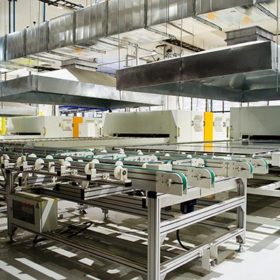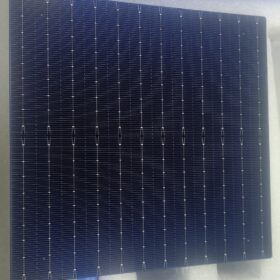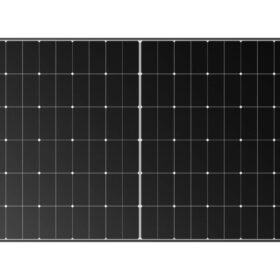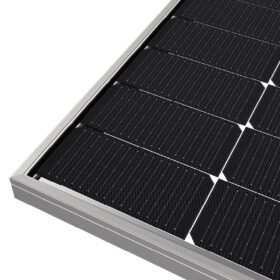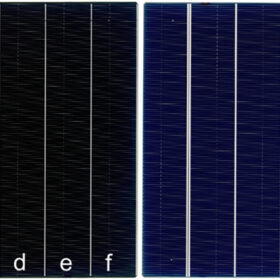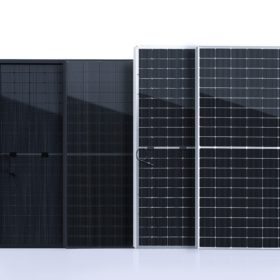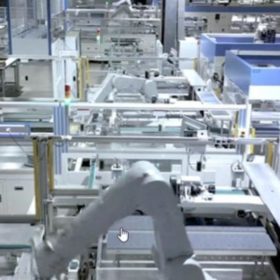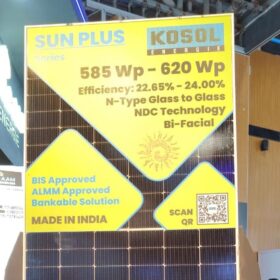PV manufacturing capacity hit 600 GW in 2022
The new edition of the International Technology Roadmap for Photovoltaic (ITRPV), published this week, finds that 295 GW of PV modules was shipped in 2022, and that prices for silicon PV modules fell by 7% over the year. The report finds that price premiums for n-type modules are now marginal, and the technology grew to represent 15% of the market, and is expected to keep growing over the coming decade.
Scientists warn of heat-induced failure risks in HJT glass-backsheet PV modules
University of New South Wales researchers have identified four failure modes caused by damp heat in heterojunction solar panels with a glass-back sheet configuration. The failures could result in power losses ranging from 5% to 50%.
Tata Power’s 4 GW solar cell line will be ready by December
Tata Power is building a greenfield 4 GW solar cell and module factory in the Indian state of Tamil Nadu.
Solar testing group warns of degradation risk for TOPCon
The Renewable Energy Test Center (RETC) raised the issue of ultraviolet-induced degradation of the trending technology in its PV Module Index 2022.
Chinese module prices to fall by 15% from Q4 2022 to Q4 2023, says CEA
Solar module prices will be pressured by rising industrial capacity this year, with capacities doubling in the ingot/wafer stages and potentially quadrupling for polysilicon by 2027, according to the latest PV pricing report from Clean Energy Associates (CEA).
Case study demonstrates 5% energy yield boost for n-type TOPCon modules
Data collected from a 30 MW PV project in China’s Tianjin Province demonstrates that n-type tunnel oxide passivated contact (TOPCon) modules achieve a little more than 5% more energy yield than p-type PERC. Analysis by JinkoSolar, which supplied its TOPCon modules to the project, credits the n-type modules’ increased performance to a better temperature coefficient in the project’s hot climate, higher bifaciality and lower degradation.
TOPCon shingle solar cell achieves 22.0% efficiency via thermal laser separation
Scientists from Germany’s Fraunhofer ISE and US panel maker Solaria have applied thermal laser separation and post-metallization passivated edge technology to tunnel oxide passivated contact (TOPCon) cell production. They have developed shingle PV devices that are more efficient than cells built with conventional laser scribing and mechanical cleaving methods.
SEG Solar releases 580 W TOPCon solar modules with 22.45% efficiency
California-based SEG Solar says its new panels have a temperature coefficient of -0.30% per degree Celsius. They come with a 30-year power output guarantee for 87.4% of the initial yield.
Axitec expands solar panel capacity to 2 GW
Module manufacturer Axitec is ramping up its production capacity in China, India and Vietnam to meet growing demand for PV modules in Germany, Austria and Switzerland.
Emmvee starts building new solar cell and module line
Karnataka-based Emmvee Group is constructing a 1.5 GW cell line with integrated 1.75 GW module capacity in Karnataka. The new facility will expand its overall module capacity to 3 GW.


